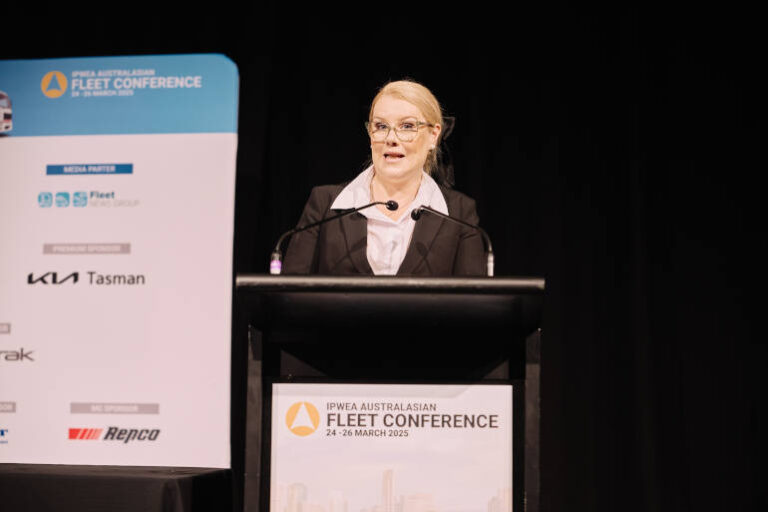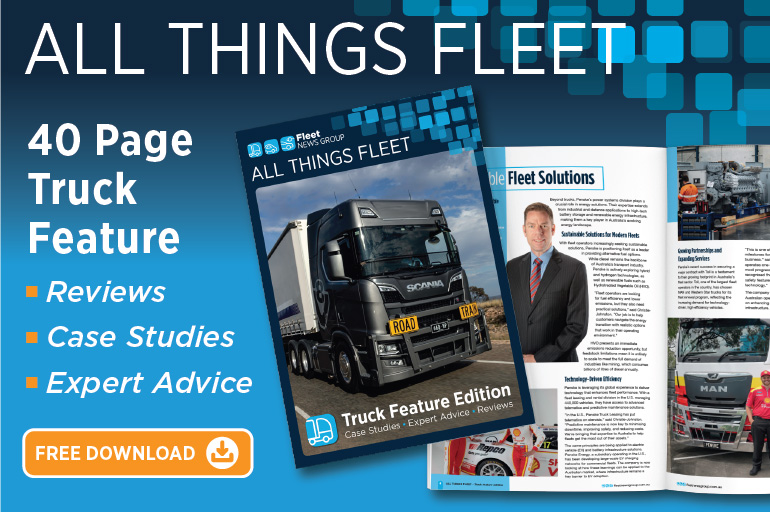When Jade Zigenbine, Acting Quality Assurance & Fleet – Operations Specialist at Nillumbik Shire Council, took the stage at the 2025 IPWEA Fleet Conference in Brisbane last month, she brought with her a case study full of practical lessons and honest reflections. Her presentation detailed the Shire’s bold transition from a paper-based system to a modern, integrated Maintenance Management System for heavy vehicles and plant. The journey wasn’t easy—but it was transformative.
Operating in a Unique Environment
Nillumbik Shire, nestled in Melbourne’s north-east, is a green wedge council—90% of its area is protected land that cannot be subdivided or redeveloped. This constraint impacts rates revenue and means tighter budgets and fewer staff than other Victorian councils. Despite these limitations, Nillumbik operates a diverse fleet: 26 heavy trucks, 10 pieces of heavy plant (graders and backhoes), a drainage combination unit, and over 100 items of light plant and equipment. All maintenance and repairs are managed in-house by a small but dedicated team of two diesel mechanics, a workshop team leader, a fleet coordinator, and Jade herself.
From Filing Cabinets to the Cloud
Before the overhaul, fleet management at Nillumbik relied heavily on paper records—job cards, service histories, pre-start checks—all stored in folders and cabinets. The shift to a digital system meant tackling years of paperwork and reshaping the way every team member worked.
Recognising the complexity of the change ahead, the team brought in external help. A fleet consultant —someone with extensive experience in fleet systems and compliance—was engaged to support the planning and rollout. The consultant worked alongside Jade’s team to review processes, identify legal and operational gaps, and ensure the new system met all regulatory standards. This partnership proved invaluable in both structuring the change and boosting internal confidence.
With support from the fleet consultant, Jade’s team developed a comprehensive change management plan. The new system, built around FleetMex and Smartrak, was introduced gradually with a 12-month rollout. It enabled electronic job cards, QR-coded pre-start checks, defect reporting, and maintenance tracking—all accessible via tablets and mobile devices.
Training: The Real Backbone of Change
Introducing technology was only half the battle—getting everyone on board was the real challenge.
“We could have just handed out step-by-step guides,” Jade said, “but that wouldn’t have worked.” Instead, they invested heavily in one-on-one support, early morning IT troubleshooting, and peer-to-peer learning.
Operators were trained to use QR codes and answer customised pre-start checklists based on asset specifications. The workshop team generated weekly reports to track compliance, and any issues were followed up with supervisors. Over time, as confidence grew, the need for hands-on support declined.
Communication, Transparency, and Trust
With the new system in place, communication between the fleet, workshop and operations teams improved significantly. Maintenance requests and job tracking are now done through a shared email and FleetMex, ensuring visibility and accountability. Morning service reports keep supervisors informed, and data from pre-starts is fed into monthly performance meetings.
Every repair request triggers a digital work order, which is prioritised and scheduled by the workshop leader. Faults are categorised by urgency, and work is logged against accurate kilometre and hour readings—something previously difficult to track with paper records.
Culture Shift: From Resistance to Ownership
Naturally, there was resistance early on. “This will never work,” was a common phrase. But Jade and her team met it with patience, persistence, and a people-first approach. One of the most valuable insights from her presentation was the importance of choosing the right team members to drive change—those with patience, empathy and a knack for problem solving.
The shift from paper to digital also uncovered an unexpected benefit: more accurate and accessible maintenance history. This makes auditing easier and helps with warranty compliance, asset disposal, and long-term planning.
New Policies, Better Compliance
The introduction of a digital Maintenance Management System went hand-in-hand with updated policies and procedures. Acquisition and disposal processes were modernised with help from another council that shared their documentation—a testament to the value of collaboration across local government.
All new processes are now reviewed every six months, with a full annual review scheduled post-financial year in August. Staff are trained on the latest chain of responsibility laws, with RACV and Weigh My Ride brought in to deliver training on national heavy vehicle regulations, safe load restraint, and correct axle weight distribution.
What’s Next?
Looking ahead, the fleet team at Nillumbik is working on integrating parts and inventory management into FleetMex. Training is being extended to other operations staff to promote broader engagement and foster new ideas.
As Jade wrapped up her talk at the IPWEA Fleet Conference, she encouraged attendees to reach out to their peers. “Nine times out of ten, someone else has faced the same problem,” she said. “Reach out. Share knowledge. That’s how we all get better.”
Final Thoughts
This wasn’t a story of a council with a big budget and endless resources. It was a story of a small team driving real change through grit, planning and collaboration. Jade’s experience at Nillumbik Shire Council is a powerful example for any local government fleet team wanting to modernise maintenance systems.
If you’re managing heavy vehicles and plant, and wrestling with paper records or outdated processes, take a leaf out of Jade’s book—plan the change, bring your people along, and back yourself.







